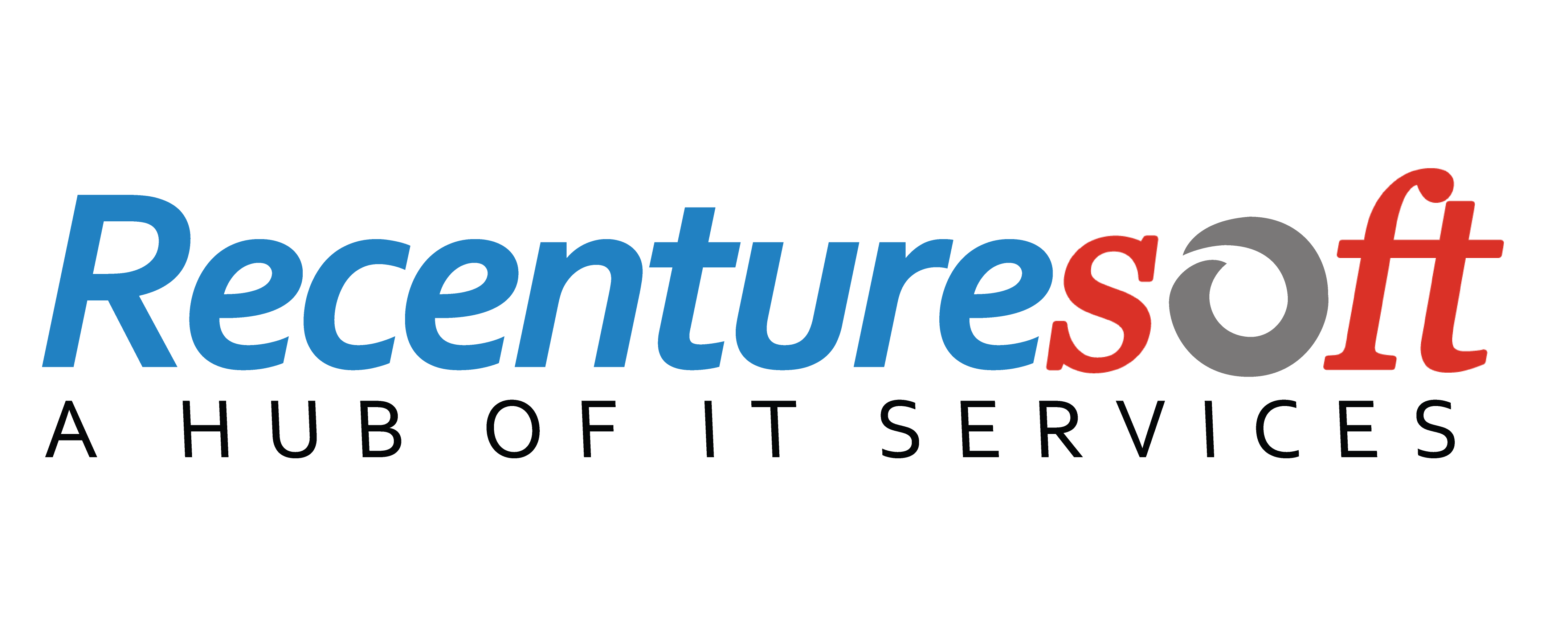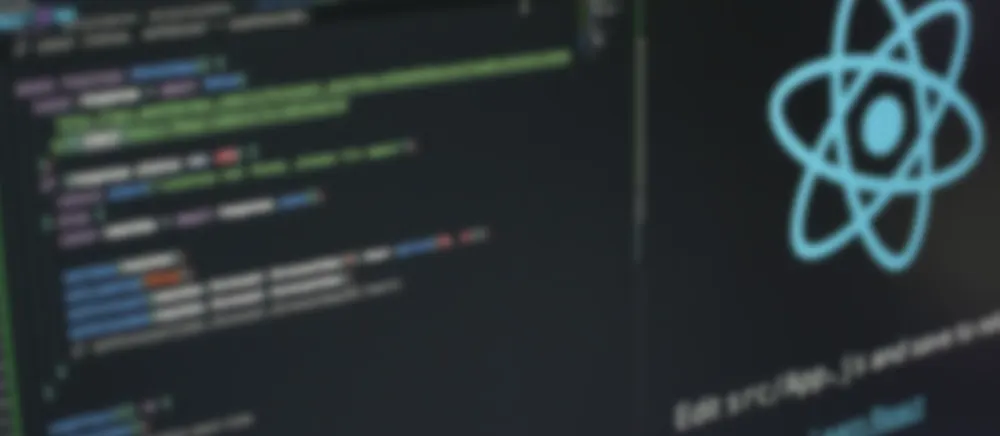React.js is an open-source JavaScript library used to create single-page applications' user interfaces. For both mobile and web applications, it's used to manage the view layer. Developers can create reusable UI components with React. In 2011, React was launched on Facebook's feed, followed by Instagram.com in 2012.
Developers can use React to create huge web applications that could change data without refreshing the page. React's main goal is to be quick, expandable, and easy to use. It only functions on the application's user interfaces. React JS is known as React.js or simply React.
Why should you use ReactJS?
The primary issue that now confronts us is why should we use React. There are several open-source platforms, such as Angular, that ease the development of front-end web applications. Let us take a look at the advantages of React over competing technologies and frameworks. It's difficult to dedicate time to try a new framework as the front-end world changes daily – particularly whenever that structure could end up being a dead end.
Conciseness
ReactJS is easier to understand immediately. It makes use of JSX, a special syntax that allows you to combine HTML and JavaScript. This isn't a requirement; developers can still use simple JavaScript, however, JSX is much more user-friendly.
Simple to learn
React is simple to understand for anyone with a basic understanding of programming, whereas Angular and Ember are referred to as 'Domain-specific Languages,' implying that they are difficult to learn. You only need a basic understanding of HTML/CSS to react.
Using a Native Approach
React could be used to develop mobile apps (React Native). React also offers a lot of code reuse because it is a strong believer in reusability. As a result, we can develop apps for iOS, Android, and the web simultaneously.
Data Coupling
One-way data binding is used in React, and the Flux application governs the flow of information to parts through a single control point named the dispatcher. Self-contained elements of huge ReactJS apps are easier to debug.
Test
Testing ReactJS applications is a breeze. We can modify the state we pass to the ReactJS view and take a glance at the outcome and prompt actions, occurrences, functions, etc by treating React views as functions of the state.
What is ReactJS used for?
Creating dynamic web applications with ease
Previously, creating a dynamic web page necessitated a great deal of complicated coding. For dynamic web pages, it required specific HTML strings. It's no longer a problem to use ReactJS. It employs JSX, which has its syntax and allows HTML quotes and tags to render specific subcomponents. It also supports the creation of machine-readable code and the mixing of components into a single variable file.
Ensures that the Virtual DOM is rendered more quickly
Your application's performance is highly dependent on its framework. However, because the DOM (document object model) is tree-structured, even comparatively tiny layers can end up making significant changes, today's engines cannot guarantee bottlenecks. To address this, the Virtual DOM was created.
Better user experience and performance
For heavily loaded but also dynamic solutions, ReactJS can be used. It is a visual depiction of the document object model that verifies that all changes to the virtual DOM have been applied. The real DOM tree is updated accordingly, and it guarantees that the process takes as little time as possible. This approach ensures a better user experience and performance.
Stabilised code and workflow
The data flow in ReactJS goes down as it makes sure that even the tiniest changes in a child's framework do not have an impact on the parents. When a developer makes a change to an object, they must ensure it is the only one being modified and altered. The data is linked to the object, and this structure ensures that the code remains stable and the application performs well.
How can I learn ReactJS?
React is one of the world's most popular JavaScript UI libraries for building modern applications. The key strengths and ideas that React invented, like JSX, virtual DOM, components, and others, set it apart from other frameworks.
You don't need to bother about libraries at first when learning React. To begin, learn the fundamentals of React, including how it works and how it differs from other libraries and frameworks in terms of features.
Then for beginners, there are several online courses and tutorials available which can help you get a better understanding.







